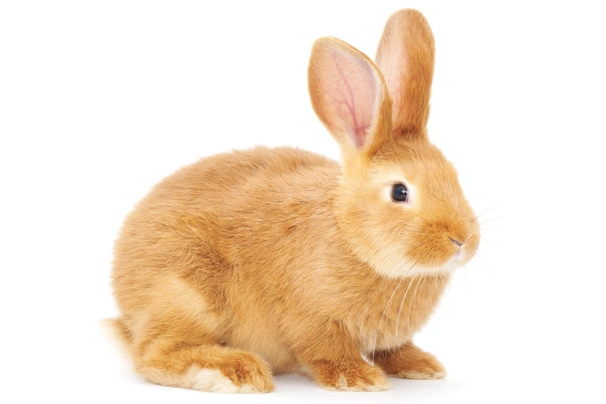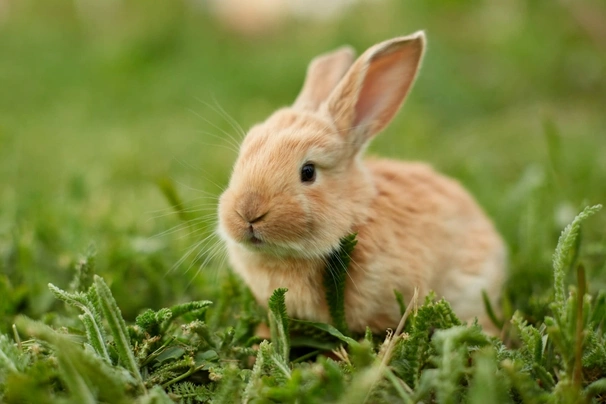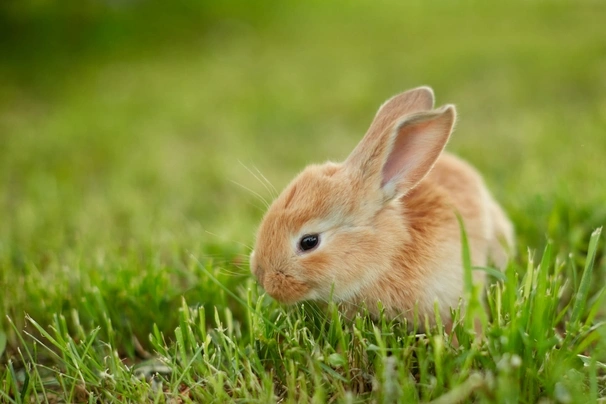Sussex
Introduction of the Sussex
The Sussex was a very late entrant to ‘The Fancy’ as rabbit showing is known, having been developed in the 1980s. Despite its late arrival the Sussex is becoming increasingly popular as a pet and as a show animal thanks to its docile, affectionate temperament and its beautiful gold or cream coat.
It’s a medium to large rabbit that makes a great indoors pet.
History of the Sussex
The Sussex Rabbit was created in the early 1980s using Californian and Lilac examples to produce a ‘teddy bear’ type animal. Although rare, the Sussex is quickly gaining a legion of fans both as a show rabbit and as a companion or pet.
The gold or creamy coat does make this charming little animal look a bit like a teddy bear, and of all the rabbit breeds the Sussex is the one that’s most like a teddy bear in its demeanour.
Appearance of the Sussex
- Main colourways: gold, cream
- Average weight: 3.3 – 3.5kg
The Sussex comes in two colours. Gold is the ‘teddy bear’ colour and is a red-gold with chocolate brown shading, while creams are much lighter, with pink-cream or lilac shading. Both colourways are extremely attractive.
The coat is thick, dense and soft but short, and the ears are held upright. The body shape is ‘cobby’ and well rounded, with a short head and equally short legs.
Temperament of the Sussex
If you’re looking for a rabbit that will interact with you and really enjoy spending time with his owner then you could do much worse than a Sussex. These rabbits, although a relatively recent addition to the BRC list of breeds, make first-class pets. They are inquisitive, affectionate and friendly and many breeders have likened them to Labradors in temperament. This affinity to Labradors doesn’t end at this rabbit’s playful personality and eagerness to please – it’s also greedy and can gain weight easily, so his diet must be managed to avoid this.
As it’s such a docile breed the Sussex is a perfect show rabbit, remaining placid despite many hours spent out at shows. It’s worth noting that because the Sussex is a confident little animal, it can also be mischievous.
Health of the Sussex
Weight gain is the most important issue to monitor with this breed. They are very greedy and can put weight on very easily. This can hinder their ability to groom and can therefore leave them vulnerable to flystrike – particularly if they’re kept outdoors and particularly in warm weather. Care should be taken over his diet and exercise regime to avoid weight gain and obesity.
Because his head is compact, the Sussex Rabbit can also suffer with eye and mouth problems. Dental issues are common in rabbits as their teeth grow continually and must be kept worn down with a high-fibre diet and items they can gnaw. Overgrown teeth can injure the delicate tissues inside the mouth and can also cause difficulty eating so any weight loss, loss of appetite and lethargy should be taken seriously. Runny eyes and sniffly noses can also be signs of dental problems.
All rabbits must be vaccinated against Myxomatosis and Viral Haemorrhagic Disease (VHD) – two conditions that can be passed from infected rabbits and can live in food, cages, water or bedding. It can also be caught from flies or fleas. Both conditions are highly infectious and usually fatal.
Rabbits should be wormed regularly and must also be treated for fleas and worms. Spaying female rabbits can also prevent uterine cancer, which unfortunately is common in rabbits.""
Caring for the Sussex
With a rabbit that’s as food-oriented as the Sussex, diet management is crucial. Rabbits have a delicate digestive system and lots of green leafy vegetables such as cabbage, kale and lettuce are vital, as is plenty of high-quality hay. In fact, 70% of your rabbit’s diet should be good hay; with 20% being green, leafy vegetables and pellets making up the remaining 10%. Clean drinking water should also always be available.
The Sussex Rabbit is perfectly adapted to living in the house and his size means he can live comfortably with tolerant cats and dogs. Because he’s intelligent he can be easily trained to use a litter tray, and he will thoroughly enjoy being around people. He should be provided with a large cage or crate he can go to when he needs some peace and this should be kept clean and tidy.
If you would prefer your Sussex to live outdoors it’s well worth considering getting two rabbits as company for each other - rabbits are social animals after all. A neutered male and a doe, or two does will get on best.
The hutch should be big enough for the rabbit to hop around and stand and should be placed in a shed or sheltered spot. It should be robust and weatherproof. Shavings and straw can be used to line the hutch and it should be cleaned out thoroughly each week. The hutch should also have a covered area where the rabbit(s) can nest. Any hutch must be totally secure and impervious to predators.
Whether he lives indoors or out, he should be allowed daily exercise and access to the outdoors – wither in a secure area of garden or a large run. This will help keep him trim and satisfy his love of exploration."


